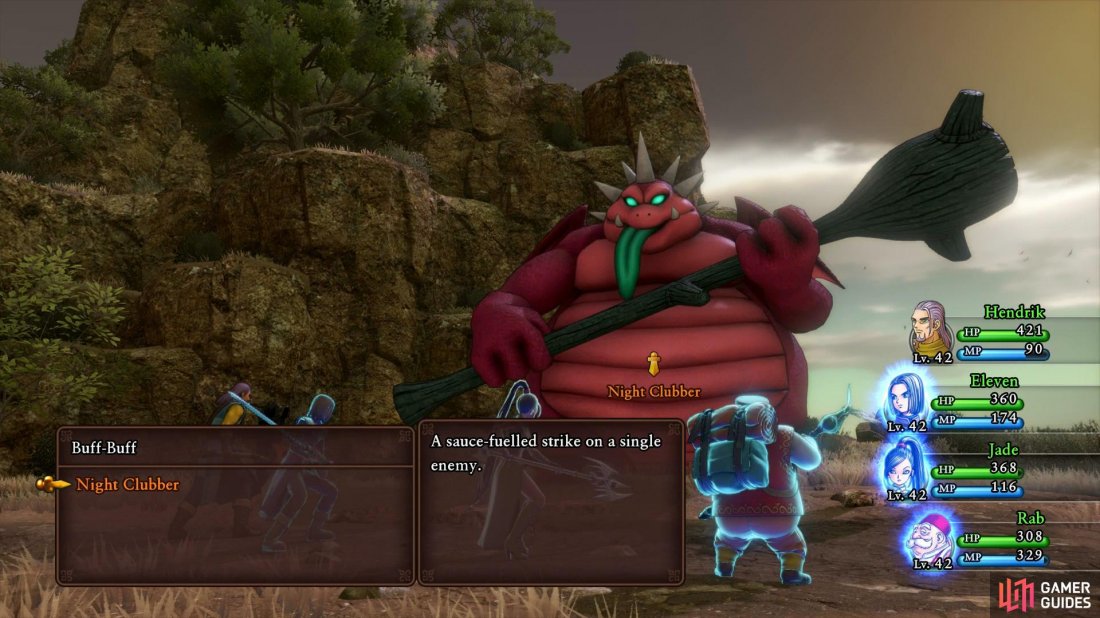
It sent out a wonderfully-illustrated mailer that promised a "monstrous" deal for 7.5 million prospective Nintendo Power subscribers. Nintendo had a hard time getting Westerners to fall in love with Dragon Warrior, but at least it didn't have a hard time getting the game in their hands. But in 1989, we had gorgeous action games like Mega Man 2." "The game's primitive tile-based graphics, heavily windowed interface, and sluggish movement would have been less detrimental when every game looked like that.
.jpg)
"The original Dragon Quest was very much a 1986-vintage NES game, and its age showed, even with its improved sprites and slimmed-down menus," writes Retronauts' Jeremy Parish in a blog. The monster designs by Dragon Ball Z manga artist Akira Toriyama are very charming, but outside of enemy encounters players spend a lot of time staring at squashed character sprites and plain overworld maps. The first Dragon Quest is a very primitive-looking game-the player character doesn't even face the direction he's moving in (he received a whole new set of sprites for Dragon Warrior)-but even with the spit-shine, Dragon Warrior is still far from a showcase of impressive visuals.
#DRAGON QUEST XI THE MEASURE OF A MAN UPGRADE#
The first clue about where Dragon Warrior "went wrong" can be identified in Nintendo's decision to upgrade its graphics. It's dangerous to go alone, but you don't really have a choice. Even a Mario game's localization took a good deal of time in the pre-internet age, let alone a game with pages of text. In retrospect, it's worth wondering how long it would've taken Nintendo to localize Dragon Warrior 2 and 3 in an alternate universe where Dragon Warrior did become hugely popular.
#DRAGON QUEST XI THE MEASURE OF A MAN SERIES#
Dragon Quest was a phenomenally popular series in Japan when Nintendo started promoting Dragon Warrior on these shores (Dragon Quest 4 was already in development overseas), and Nintendo likely hoped we'd be inspired to buy the sequels after we ate up the free sample. Its plan of attack was threefold: It updated the game's visuals during the localization process, it promoted the game like mad in its Nintendo Power magazine, and finally, it just gave us the darn game for free. No one can begrudge Nintendo an "A" for its efforts to get us excited about Dragon Warrior. Novel as it was, Dragon Warrior was already arcane and dusty by the time it arrived, and Western audiences just couldn’t get excited when much flashier games like Super Mario Bros. By the time Dragon Warrior came Westward, Japan was already enjoying its enormously improved third installment, Dragon Quest 3. Cultural differences between Japanese and North American audiences contributed to the disinterest, but time was simply not on Nintendo's side, either. Looking back on Nintendo's push, it's not hard to understand why all those Dragon Warrior cartridges wound up languishing in living rooms. This is where Homer Simpson might suggest the solution is to "never try," but Dragon Quest has fortunately found itself a dedicated Western audience since its Shockmaster-style 1989 debut. Nintendo tried its best to make us love Dragon Warrior, and it failed. Though a handful of kids certainly fell in love (the author of this piece included), Dragon Warrior generally sank to the bottom of NES owners' libraries and was buried under the deluge of Super Mario, Mega Man, and Castlevania games available at the time. When Nintendo of America prepared to release the localized version of the game-exactly 30 years ago this month-it immediately ran large-scale promotions in hopes of getting North Americans to fall in love with RPGs as hard as Japan.ĭespite Nintendo's efforts, Dragon Quest-which became Dragon Warrior in the West because D&D publisher TSR held the rights to the Dragon Quest name at the time-hardly caught fire in North America. Dragon Quest had a slow start in Japan, but it picked up tremendous steam after its publisher, Enix, promoted the game in Japan's widely distributed Shonen Jump magazine. It's grown from a simple adventure where a legendary hero slowly trades blows with monsters to an epic that travels through an enchanted world for dozens of hours.īut it takes effort for a fantasy protagonist to build themselves up from a stick-swinging slime-slayer to a grown warrior who's fully outfitted to fight scourges that slither up from the deepest pits.



Like the mythical creatures it takes its name from, the role-playing game series has become bigger and wiser in its passing years.


 0 kommentar(er)
0 kommentar(er)
